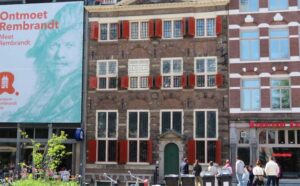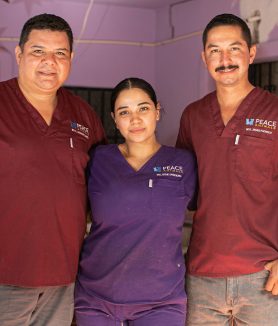The 2026 FIFA World Cup, hosted jointly by Mexico, the United States, and Canada, is set to become the largest sporting event in history. Beyond its athletic impact, the tournament is triggering a wave of investment and tourism that will directly benefit key destinations in Mexico's Pacific corridor —especially Puerto Vallarta and Riviera Nayarit. While these cities are not official host venues, expanded tourism mobility, increased air connectivity, and global exposure from the World Cup are generating a second-wave effect that is strengthening the regional real estate market.
Mexico is expected to receive up to 5.5 million during the tournament, according to official estimates, which will generate an economic impact exceeding $3 billion. This extraordinary influx of travelers—primarily from North America and Europe—opens the door for a significant portion to extend their stay or seek out complementary destinations. Puerto Vallarta and Riviera Nayarit are leading the way in these options due to their tourism reputation, hotel offerings, air connectivity, and growing presence in the international luxury market.
For these destinations, the first major impact is seen in short-term rentals. The profile of the World Cup tourist favors the rental of apartments, villas, and private residences, generating greater demand in areas such as Marina Vallarta, the Romantic Zone, Conchas Chinas, Punta de Mita, Nuevo Vallarta, and Bucerías. This drives an increase in rates on platforms like Airbnb and VRBO, in addition to improving the return on investment for owners of units intended for the vacation rental market.
The growing air travel also plays a key role. Puerto Vallarta Airport has been consolidating its position as one of the most dynamic tourism hubs in the country, and the 2026 World Cup will accelerate the arrival of new flights, additional frequencies, and greater connectivity with US and Canadian cities. This has a direct effect on property values, benefiting both established residential areas and new development zones geared toward investment.
The real estate sector is responding to this new landscape with a boom in mixed-use projects, luxury developments, and turnkey schemes tailored to buyers seeking easy-to-operate properties with high rental potential. Regions like Flamingos, Nuevo Vallarta, Punta de Mita, and the southern area of Vallarta are experiencing a surge of interest from both Mexican and foreign investors.
The fact that the United States and Canada are co-hosting the World Cup has a direct impact on the type of visitor coming to the country: travelers with a historical affinity for Mexico, high purchasing power, and an interest in buying vacation properties or retirement residences. This reinforces the growth of the real estate market in the region, driving the influx of capital, new investments, and the consolidation of sustainable, residential, and tourism projects.
Taken together, the 2026 World Cup represents an exceptional opportunity for Puerto Vallarta and Riviera Nayarit. Although the matches will be played in other cities, the tourism, economic, and media impact places the Mexican Pacific coast in a unique position to attract residential, commercial, and tourism investment. For developers, agents, and buyers, this is one of the most strategic moments to finalize projects and acquire properties in two of the most dynamic and profitable real estate markets in the country.












